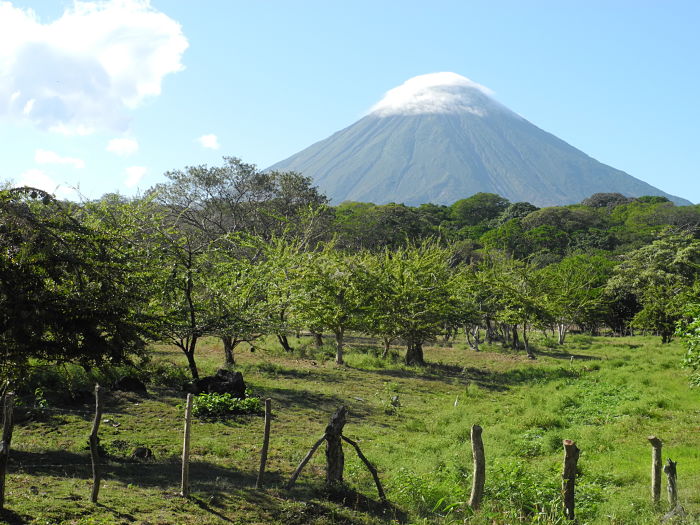Renewable Energy in Nicaragua
 Located in Central America, between Honduras to the north, and Costa Rica to the south lies Nicaragua. Over the past few years, the country has taken steps to further its already growing renewable energy sector. In 2015 alone, the country was able to produce 54% of its electricity from renewable energy sources. Growth in this sector is notable and is expected to continue.
Located in Central America, between Honduras to the north, and Costa Rica to the south lies Nicaragua. Over the past few years, the country has taken steps to further its already growing renewable energy sector. In 2015 alone, the country was able to produce 54% of its electricity from renewable energy sources. Growth in this sector is notable and is expected to continue.
The Emergence of Renewable Energy in Nicaragua
Nicaragua’s government has turned to renewable energy for a few key reasons. One is the country’s natural abundance of renewable resources. Nicaragua experiences powerful winds and large amounts of sunlight on a regular basis. The country is also home to 19 volcanoes—a reliable source of geothermic heat.
The second reason for turning to renewable energy resources is to become energy independent. Nicaragua itself does not produce oil. As a result, Nicaragua has historically relied on imports of fossil fuel resources. While the country still imports foreign oil, the increased production of renewable energy, like geothermal energy from Nicaragua’s volcanoes, has reduced that dependency.
These two reasons have led Nicaragua to increase its consumption of renewable resources over the past few years. Much of the renewable energy that is produced in Nicaragua is sugarcane biofuel, which accounts for 33.2% of the renewable energy sector. The second most used form of renewable energy is geothermal, which comes in at 24.6%, followed by wind energy at 22.5%. The least used forms of renewable energy are solar energy at 0.5% and hydroelectric energy at 0.25%. As the percentages show, Nicaragua is using more renewable energy leading to a diversification of its energy sector. Nicaragua also has the potential to expand the amount of renewable energy produced, particularly from wind. Wind alone produces over 1,000 megawatts.
Benefits of Renewable Energy in Nicaragua
Nicaragua is an extremely poor country with high poverty rates, especially in rural areas. Fortunately, renewable energy has the potential to help the impoverished people of Nicaragua and provide a model for other impoverished nations.
People who live in poverty tend to have a harder time gaining access to electricity because of their inability to afford it. Some forms of renewable energy are becoming more affordable than fossil fuels. Take geothermal energy for example—the second largest form of renewable energy in Nicaragua. This form of energy is 80% cheaper than fossil fuels. Solar energy is on its way to becoming cheaper than fossil fuels as well. While installation of the technology needed to produce renewable energy is initially expensive, once installed, it lowers the cost and increases the accessibility of electricity for impoverished people.
Nicaragua is continuing to develop its renewable energy sector. The reward of this action will be a cleaner environment and cheaper electricity for its impoverished citizens.
– Jacob E. Lee
Photo: Wikimedia
